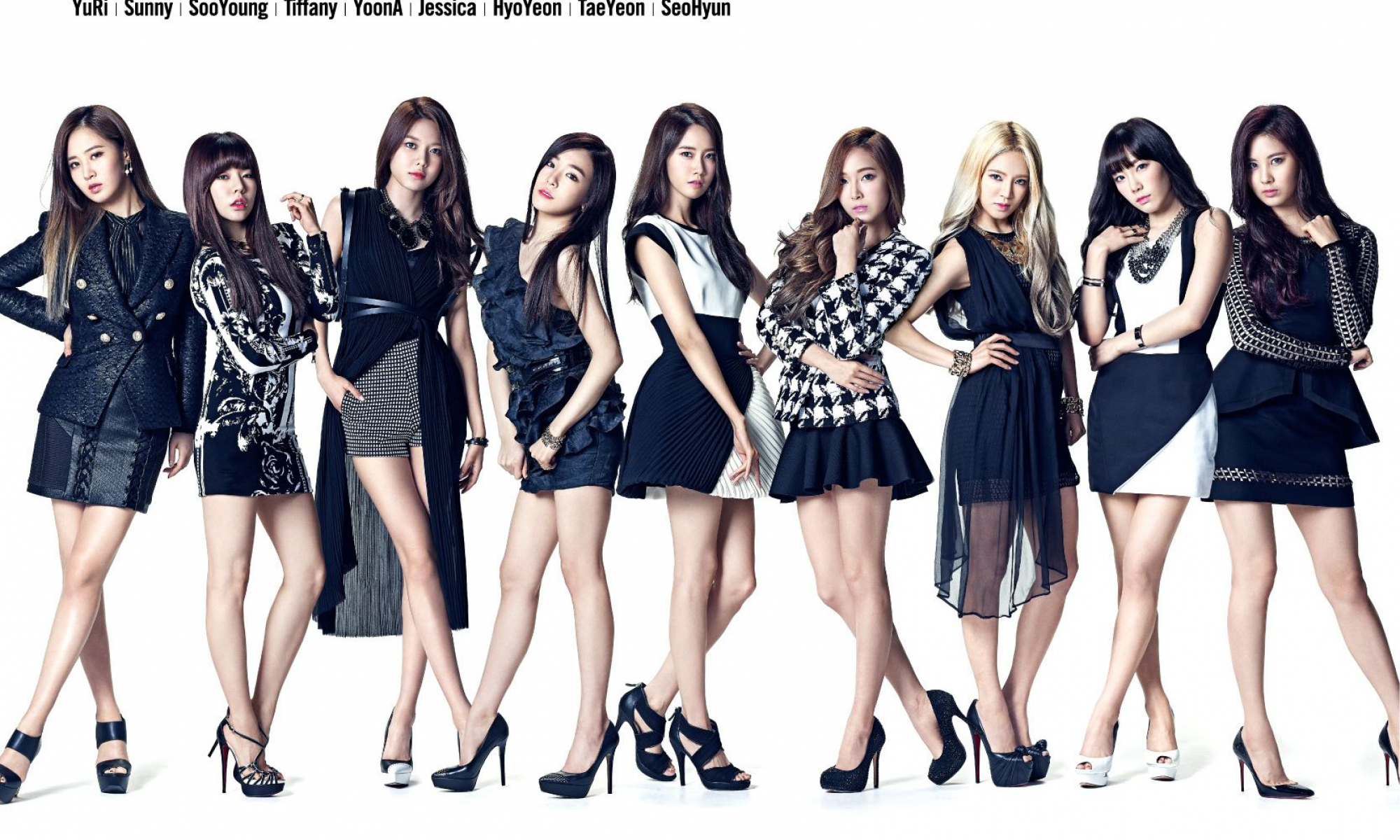Video Analysis:
<Oh!>
It is widely known that the management companies target different market segments with different idol groups, according to the founder of the SM entertainment, Lee Soo-man mentions that the main target segments of the Girls Generation are the male audiences in their 30s and 40s. According to the research conducted by Puzar, it is more likely for a younger female to gain a favorable impression from the elders or superior if they perform “Aegyo” well (Puzar and Hong 2018, 10). In order to better capture the target audiences which is the mid-age males, many of the SNSD’s choreographic videos, “oh!”, for example, demonstrated a large degree of “Aegyo” in their performances, settings, and lyrics.
The characteristics of “Aegyo” in performances are body movements, facial expression or behavior that resembles the clumsiness, vulnerability, and cuteness of young children or a pet animal, that gives the receivers an impression of innocent, lovable, vulnerable and approachable (Puzar and Hong 2018, 2). The main identifier of “Aegyo” in performance includes but not limited to cutified tantrum related movements, fist-waving, vertical clapping, winking, clumsiness, ignorance, raising the center of the eyebrow and imitating the facial expression of the pet animals (Puzar and Hong 2018, 2). In the music video “oh!”, there are more than twenty counts of Aegyo-related performances. The most prominent and significant ones start at the beginning of the video, where the performers, acting as college cheerleaders, gathered in a room chatting and having fun but not studying; and one of the performer’s clumsy mistakes at 1:19 of the video when they were practicing cheerleading. Moreover, “Aegyo-related” body movements such as fist-waving at 23s, winking at 36s, tantrum related behavior at 1:07 and 1:13, and fake crying at 2:07 has been repeated and performed throughout the whole video.
The setting of the video, including the choices of the items shown, the main color theme and the costume, have all contributed to further demonstrate the winsomeness of the girls. The main colors of the video are a combination of bright colors such as pink, purple and tiffany blue. In Asian culture, these colors are all associated with young, innocent, energetic feminity. Moreover, a football helmet and a football have appeared throughout the whole video, girls were kissing and touching the helmet which shows their admiration for masculinity and demonstrated their desire to receive protection from the men. The costume that shows plenty of legs and skins distinct the more seductive and sexualized “Aegyo” performed in the video from the “Aegyo” of the innocent young children and demonstrates hyper-feminity of the performer.
The lyrics in the choreographic video “oh!”, further performs “Aegyoness” by submissively putting themselves in a subordinate position to male. From analyzing the translated version of the lyrics, many of the lyrics suggest that it is the girls “first-time” to talk to the boys like that. Also, most of the lyrics show that the girls are hoping the boys to look at them and implies that the girls do their hair and wears makeup for the male’s attention. Interestingly, the attention-seeking behavior can also be found in infants and young children. Furthermore, a line of lyrics says that: “…don’t make fun of me, I’m just saying some stupid things again,” which implies that the girls admit they are been stupid and childish in front of their Oppa.
It is widely argued that the performance of “Aegyo” detriments the power of female by positioning female in a subordinate position to male. However, under the cultural context of Korea, it is widely accepted, or demanded that the girls to perform “Aegyo” and the research of Puzar indicates that female is more likely to succeed in both their private life and career if they can perform “Aegyo” well (Puzar and Hong 2018, 13). Therefore, Girls generation’s thorough performance of “Aegyo” in all components of their choreographic did help them to acquire a large group of mid-age male fans.
Bibliography:
Puzar, Aljosa, and Yuwon Hong. “Korean Cuties: Understanding Performed Winsomeness (Aegyo) in South Korea.” The Asia Pacific Journal of Anthropology (2018): 1-17. doi:10.1080/14442213.2018.1477826.
Puzar, Aljosa. “Asian Dolls and the Westernized Gaze: Notes on the Female Dollification in South Korea.” Asian Women27, no.2 (2011): 81-111
Lin, Xi, and Robert Rudolf. “Does K-pop Reinforce Gender Inequalities? Empirical Evidence from a New Data Set.” Asian Women33, no.4 (2017): 27-54
Epstein, Stephen, and James Turnbull. “Girls’ Generation? Gender, (Dis)Empowerment, and K-Pop.” In The Korean Popular Culture Reader, edited by Kyung Hyun Kim and Youngmin Choe. 315-36. Durham: Duke University Press, 2014.

